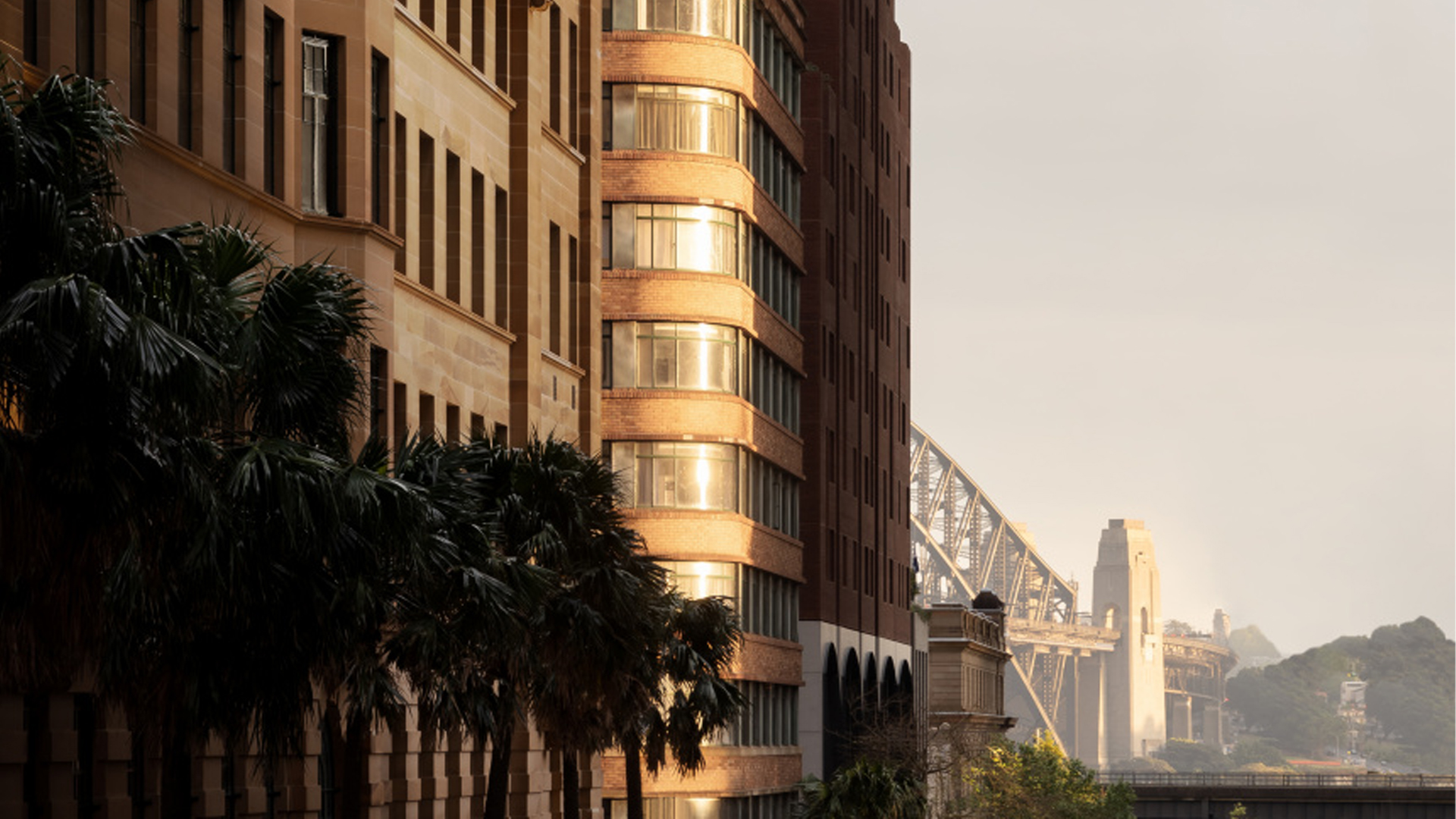Q&A – Wade Little, Woods Bagot
This month we have interviewed Wade Little, Principal and a Global Hotel Sector Leader at Woods Bagot, a global architectural and consulting practice. Currently residing in New York, Wade has worked on a myriad of complex, large scale hospitality projects in the UK, Middle East and the US.
Q: Hotel development globally is at an all-time high, with masses of options in some of the world’s largest cities. What do you believe is the key to creating cut-through in a sometimes saturated market?
A: The industry is going through significant change. The cult of social media has seen new brands appearing daily. All desperate to capture that Instagram moment. Often leaving behind critical design thinking in favour of novelty. Truly memorable guest experience comes from authentic, well-designed spaces. The type of spaces guest and locals want to return to. From classic elegance to cutting edge, hotel interiors run the complete gamut.
Q: What key factors define a new hotel’s style or scheme when first conceptualising a project?
A: The starting principle is an understanding of how you want guests to feel. What will attract them to hotel; the restaurants and bars, the event spaces or the spa. Tailoring the emotional responses that suits the desire of the guests. As a designer the most rewarding projects are those where every guest feels they belong and are individual tailored to them. Hotels are incredibly public and run 24 hours a day. Creating different experiences at different times of the day is the unique opportunity. For example, can the pool convert to an outdoor cinema in the evening, where do you provide a space for impromptu performances, or even provide a moment of solace and mindfulness. Hotels are more than a place to sleep, they are living organisms.
Q: Without doubt more effort is being put into designing a hotel bathroom now. A well-designed bathroom, featuring quality materials perhaps gives a competitive advantage. Why should hotels embrace this trend, and what are your key considerations when designing a hotel bathroom?
A: A well designed bathroom should have as much natural light as possibly, without compromising on privacy. It should also have space to layout toiletries. But more importantly a hotel stay is a little escapism from daily life, respite from a long journey or a haven after a working day. The bathroom should reflect this. I have many operators tell, no one’s uses the bath anymore. Often leading them to remove or install tiny and unusable tubs. My feeling is the competitive edge is, provide the sanctuary, luxuriate in a bath, make your guest feel relaxed.
Q: As the world’s travel focus continues to shift in terms of places to visit, and – more significantly – its accommodation options, what in your opinion is the long term future of hotels / how do you believe the industry needs to adapt to remain relevant?
A: The future of hotel design is ultimately about being adaptable and flexible to changes in guest’s needs. Access to travel and information has changed the way people view the world. Being connected to changing urbanism of our cities where the locals feel just as welcome as the guest.
Q: Scale, style, location, price, there are countless elements which impact when choosing a hotel to stay. What for you is the most essential ingredient?
A: The most important ingredient is connecting the design to the place. Our intrepid nature to explore and experience new cultures inspires the hotel industry’s to be creative and connect to local culture.
Q: You have no doubt seen / stayed in some of the world’s great hotels. If you could choose to be in one hotel anywhere in the world right now, which would it be and why?
A: My personal preference when choosing a hotel is to discover small, locally operated hotels. Somewhere the locals would love and the food will be amazing. A recently completed hotel in Sweden called Ett Hem is high on the list. The translation of ‘ett hem’ is ‘at home’. A small hotel of only 12 rooms where guest are treated to homestyle hospitality.
Projects
Designing for Restoration
Stillness, by Design. A quiet exploration of ritual, space, materiality and the science of presence.
Discover
Allegra: New Edition
We recently sat down with Green Magazine to talk about the story behind our design philosophy, the evolution of sustainable luxury, and what continues to inspire us and shape our journey.
Discover

The Ridge Nelson Bay
Our Lunar Collection features in the award-winning master ensuite at The Ridge, Nelson Bay, for its grand proportions and sculptural design.
Discover
Capella Sydney
Capella Sydney celebrates local craftmanship with works by First Nations artists and our Australian-designed baths in the guest bathrooms.
Discover
Ode to an Australian Icon
Discover the Ode Collection featuring a luxury stone bath and marble basins inspired by an Australian icon.
Discover